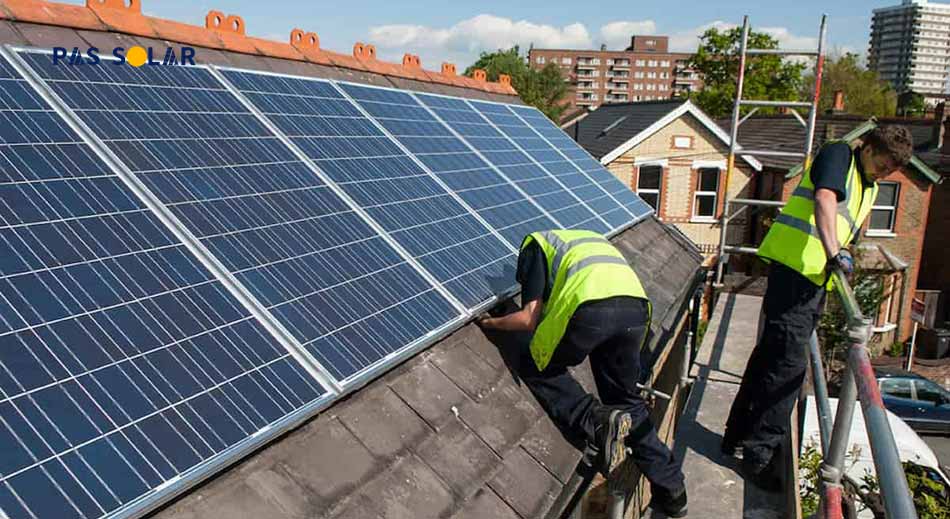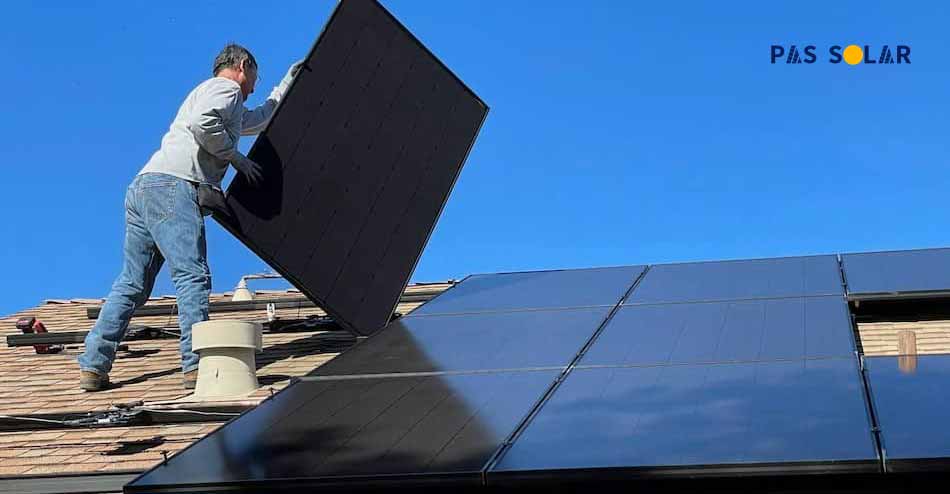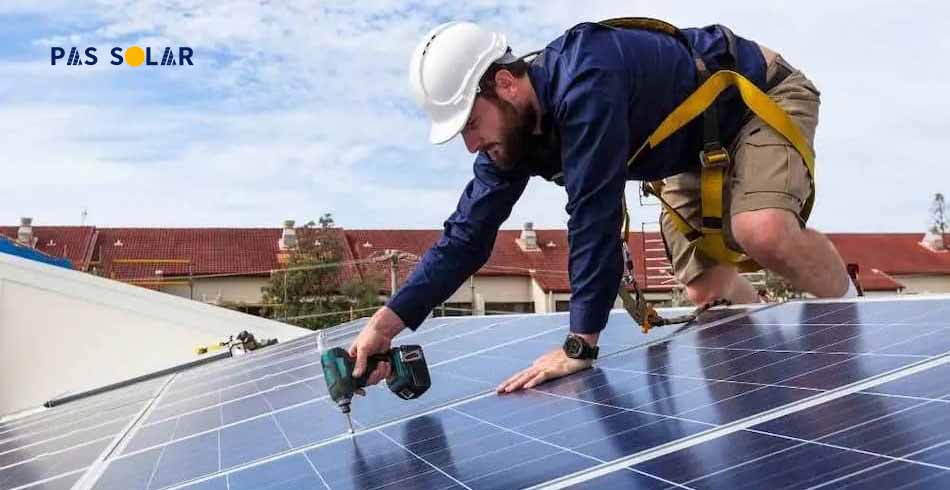When shopping for solar power or solar inverters, or both, it’s easy to overlook some tips for buying solar panels. Suboptimal decisions at the design stage affect performance and savings over the life of the system, typically 25 years or more. You can check out solar inverter price in UAE.
If you’re technically minded, it makes sense to familiarize yourself with the most common technical mistakes made when specifying residential solar, so you can talk wisely with your installer or salesperson about the system design they’ll quote.
What to know before buying solar panels?
This post is deliberately more technical than other articles on the web. If you are not technically inclined, this post on tips for buying solar panels may not be the best. But if you like to delve into technicalities, this is the post for you.
What to look out for when buying solar panels?
Here are the technical mistakes I’ve seen people make when buying solar and/or batteries, written from the perspective of 20 years of experience as a designer and installer of solar power systems, all summarized into a few tips for buying solar panels.
Tech Tip #1: Solar Panel Direction and Pitch
Here’s what to consider when buying solar panels. The direction and tilt of the solar panel (angle from horizontal) are the bread and butter of your power output. The long-term accumulated value will be gained or lost depending on your decision here. Finn has posted an excellent overview of the different roof mounting directions, and these technical rules of thumb can be added to it:
Note: The % Losses in this guide to buying solar panels are not precise, but should give you a good idea of comparative losses.
Rules of thumb: for north-facing panels
- Panel direction: within 10º of north
- Pitch panel: from 15º below to 5º above your latitude
- Energy Efficiency: If you follow these rules, expect less than 2% loss (compared to perfect orientation)
- For example: for Dubai (35º latitude): Front panels from NNW to NNE, at an angle of 22º to 40º from the horizontal for less than 2% loss in annual energy production.
Rules of thumb for east/west facing panels
- Panel direction: west generally gives ~1% more power than east
- Solar Panel Pitch: Flat (0º) up to the angle of your latitude
- Energy Efficiency: Expect 13% loss on shallow slopes and 20% loss on higher slopes (compared to perfect guidance)
Rules of thumb for south-facing panels
- Panel Direction: As a longtime installer, the south scares me. Shadow mitigation is critical; see notes on shading below.
- Solar Module Pitch: Flat (0º) up to the angle of your latitude
- Power performance: expect a 13% (low pitch) to 40% (high pitch) loss, compared to perfect orientation
Tech Tip #2: Summer Yield vs. Winter Yield
Here are some of the optimal solar panel directions we’ve included in our consumer guide to buying solar panels.
Rule of thumb: tone optimization for summer or winter generation
The closer to the horizontal, the higher the summer production compared to the winter production.
The closer to the vertical, the higher the winter production compared to the summer production.
These tips for buying solar panels are useful for off-grid systems where winter power is at a premium. Off-grid solar systems usually benefit from more vertical panel angles.
For grid-connected systems, these rules can be useful depending on winter and summer loads.
Tech Tip #3: Shade
Shade is the single most important factor determining total energy losses. A good designer will find the best-unshaded positions for your solar panels, which is one of the most important tips for buying solar panels you need to consider before you pay the solar panel price in UAE.
He knows where the sun is on your roof, at all times of the year. Ask your solar vendor for their company’s estimate of your shadow loss in your listing. More complicated shading may warrant a shading survey, using a proprietary measurement device.
If there was ever a category for customer sympathy heartbreak, then this is it. A competent installer, within a 20-minute drive through the suburbs, could point out numerous solar panel arrays with serious shading problems. That’s one of the important factors to consider when buying solar panels.
Shades have a disproportionate effect on the losses experienced by solar panels; even small, thin twig shadows can cause large yield losses. So, one of the crucial tips for buying solar panels is if you have shade on your roof, you need to consider that before you make a purchase.
Here are some typical objects that cause shadow problems; some obvious, some not, but all important tips for buying solar panels:
- vegetation near the panels,
- very tall trees to the direct north,
- two-story next to the north side,
- antenna, or chimney, right next to the panels,
- panels mounted deep in the valley of a two-peaked roof.
I hope all vendors of these systems have given accurate forecasts of shade losses. Below is an example of where the panels behind the pencil trees will have reasonable power output in the summer, but very poor power output in the winter due to all-day shadows from the pencil trees.
Rules of thumb: for shaded solar panels
The closer a shadow object is to the panels, the longer the shadow will be cast.
Shadow objects to the east or west of the panels will cause more shadow in summer than in winter. In general, it is better to have some shade in winter than in summer, since the equivalent time spent in the shade in summer has proportionally greater losses than in winter.
The hours of sunshine from the end of sunrise to the beginning of sunset are the most important for the production of solar electricity, so a small shadow that passes in the middle of the day can have a significant effect on the production of solar energy at that moment.
In this article, you were provided with some tips for buying solar panels. It’s important that you follow these instructions before you invest lots of money into a residential solar project. If you have more questions, please do not hesitate to call a solar equipment shop.





